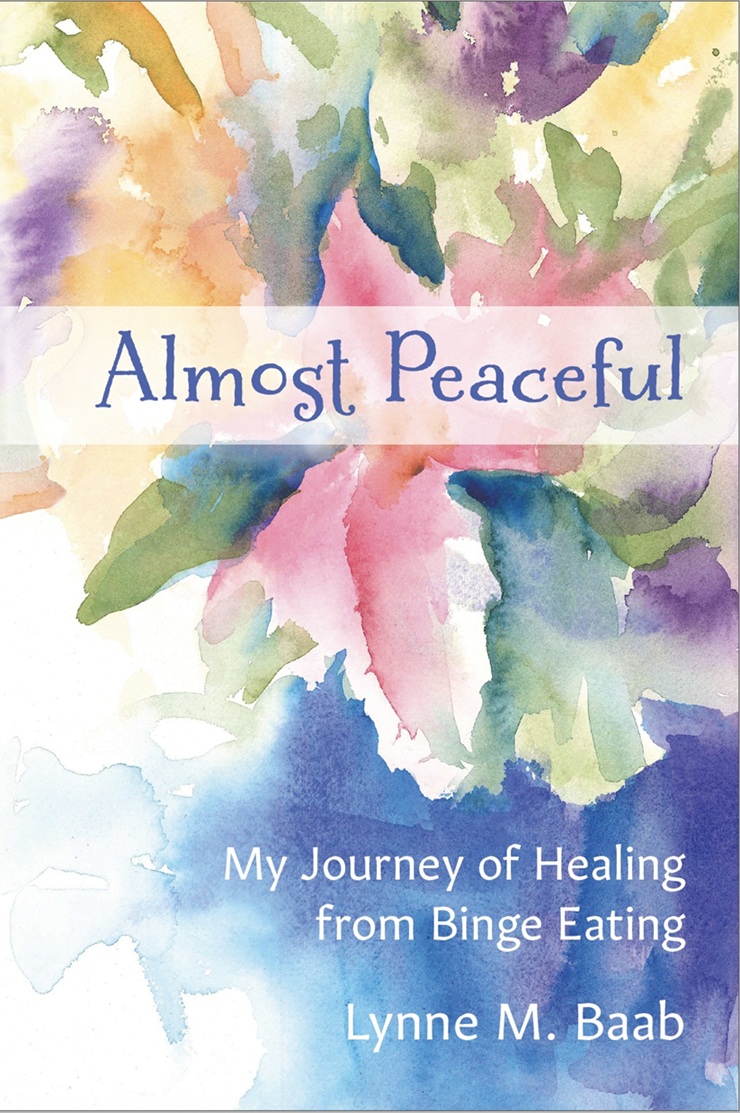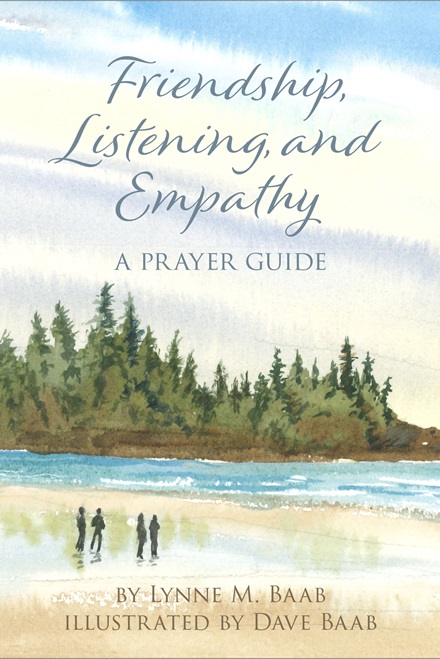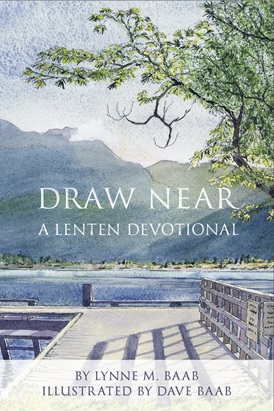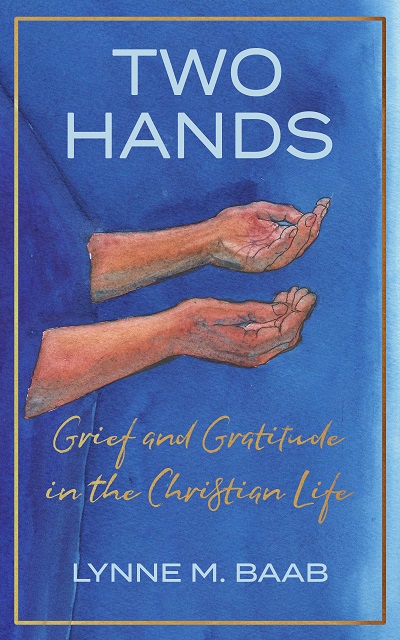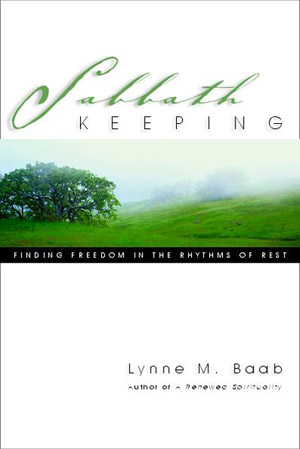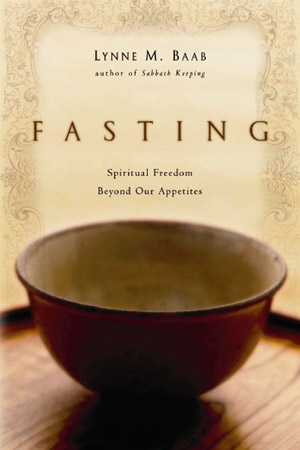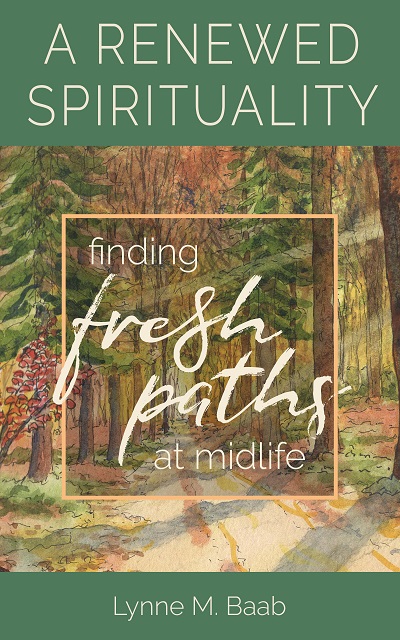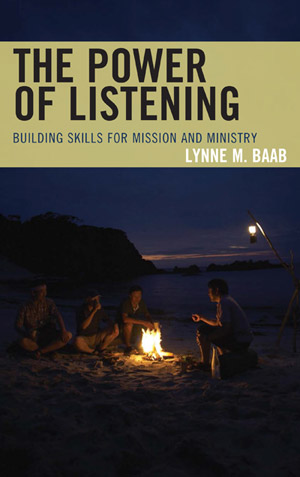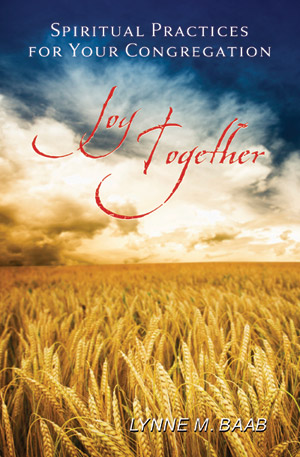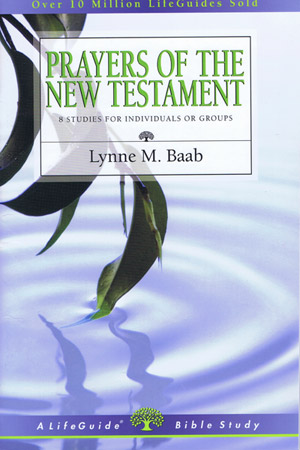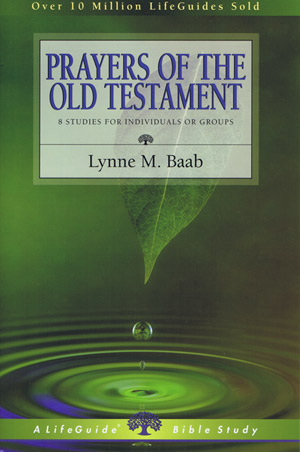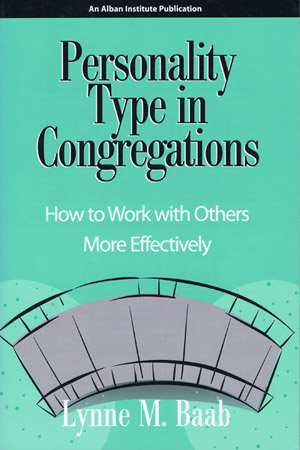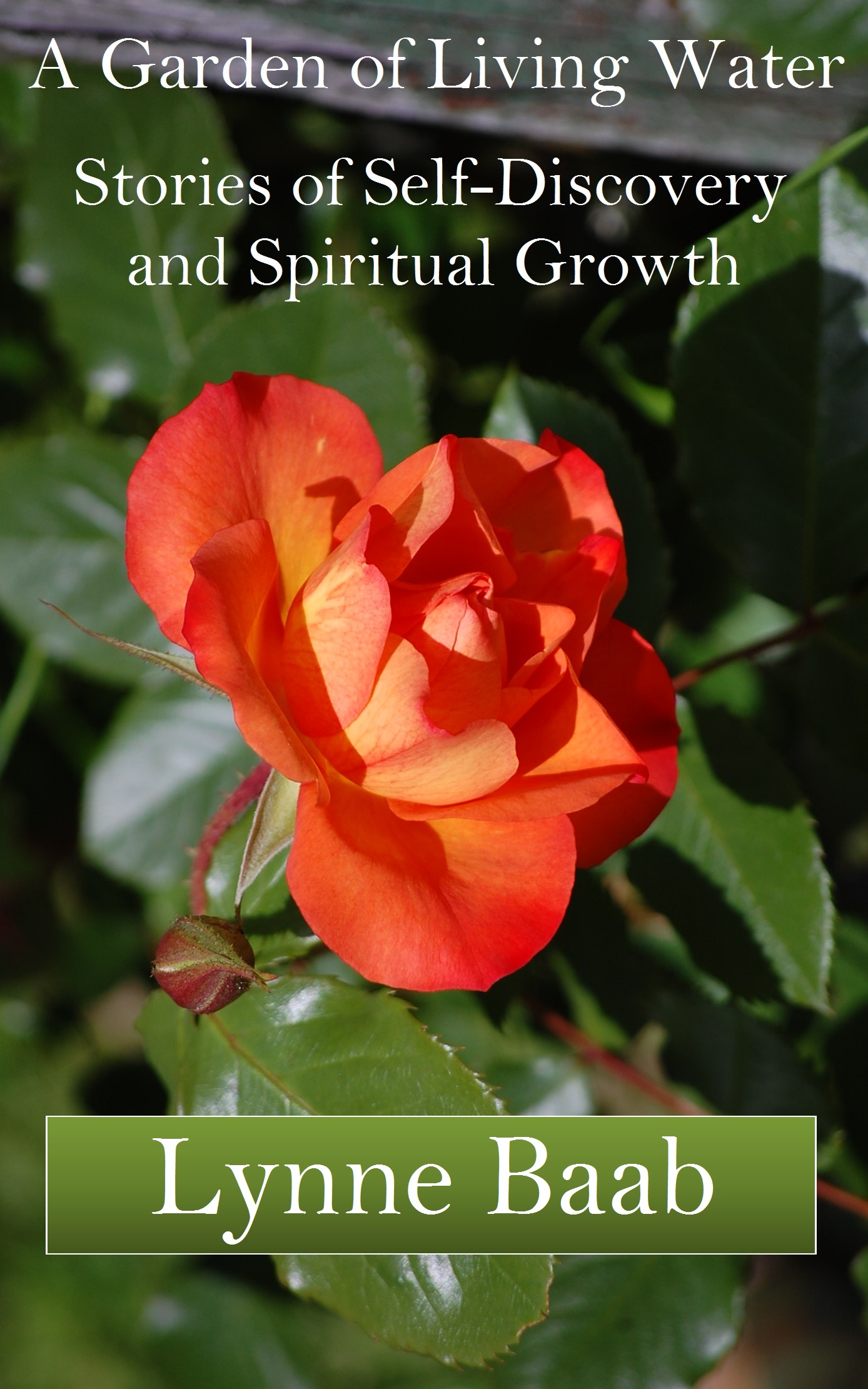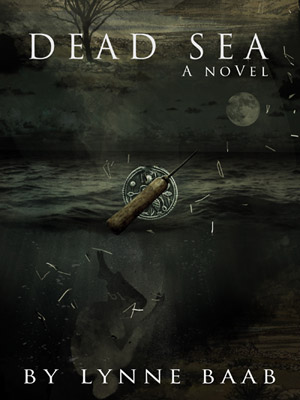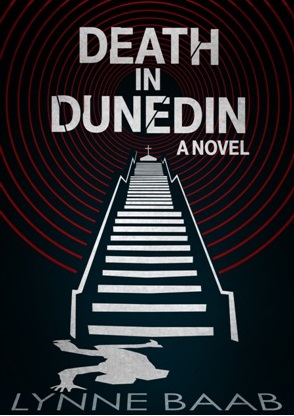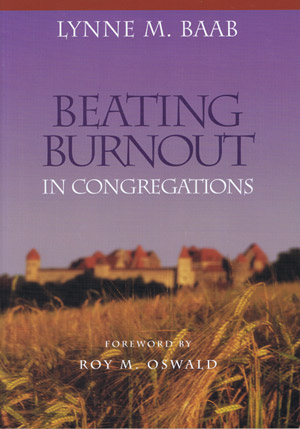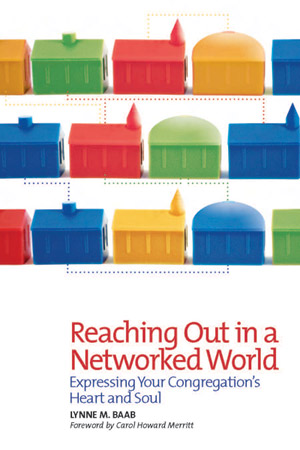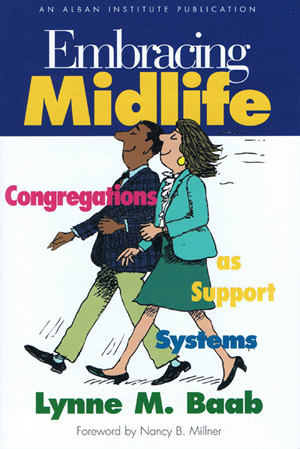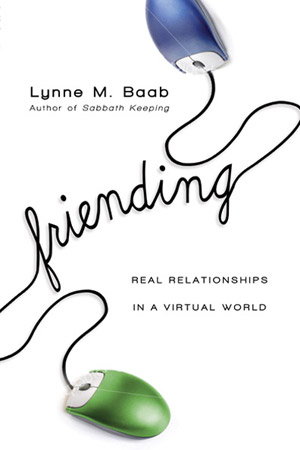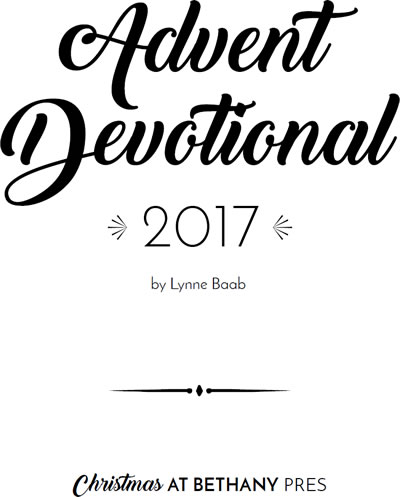Creativity: Exaggeration and a few closing thoughts
Lynne Baab • Thursday August 27 2020

My family has accused me many times of exaggerating things when I tell stories. My perspective is that I might exaggerate emotions but seldom the actual facts, and that I stand in a firm tradition. Jesus used hyberbole constantly in his stories in order to intensify the impact. Looking only at the Sermon on the Mount, here are three examples: If someone hits you, give them the other cheek? (Matthew 5:39) Never pray in public? (Matthew 6:6) Never plan or make provision for the future? (Matthew 6:25, 26) Jesus uses hyperbole to make point.
I was delighted when I found a few sentences affirming the power of exaggeration in Cheryl Forbes’s book, Imagination: Embracing a Theology of Wonder:
“Sometimes, too, a little exaggeration helps to show imagination at work. Exaggeration, like satire (which is the formal use of exaggeration and nonsense), grabs the listener’s attention. Jesus’ story of the laborers hired at different times but who receive the same wage [Matthew 20:1-16] is surely exaggeration. No employer would make such an agreement, though it shows what kind of an employer God is. Here if anywhere we see the irrational bounty and grace of God.” [1]
The watercolor sketch I’ve used for this post is a form of visual exaggeration. I hope it makes you smile. Smiling is always one of my goals when I do the verbal thing that my family calls exaggeration, which I call effective story telling. My husband Dave did this painting with our granddaughter a couple of months ago, both of them painting in their own homes, connected by zoom. The pandemic has brought unexpected blessings in the area of shared creativity.
I’ve come to the end of this series on creativity. The series was born from my desire to encourage creativity in the pandemic as a way to cope with shifting schedules and uncertain plans, more time at home and pain that needs soothing. A few closing observations:
1. No series on creativity can be complete without mentioning The Artist’s Way by Julia Cameron. Fifteen years ago I took it with me on a two-week vacation in Hawaii. While Dave and our son were learning to surf and engaging in other adventures, I journaled using the reflection questions, exploring creativity in my family of origin. I found it extremely helpful.
A group of women from my church have been working through The Artist’s Way together. One of them wrote to me:
“I think the things I’m learning from The Artist’s Way include the idea that I can just try different things and I don’t have to pick one thing I’m good at. I’m realizing that being creative is crucial to my mental health (still trying to actually apply this . . .) and that it IS God’s desire for me, as well as becoming more empowered and sticking up for myself.”
I love the juxtaposition of ideas in her words: we can experiment with different forms of creativity, we can affirm the way creativity is connected to mental health, and engaging in creative actions helps us get in touch with God’s purposes for us, which include assertiveness and confidence. What great connections. Creativity helps us access inner strengths and convictions in wonderful ways.
2. So many people have sent me resources on creativity and imagination, and I’ve come across so many articles and interesting ideas. If you feel God calling you to grow in this area, look around online to search out the abundance of resources. Or talk to your friends about their creative expressions.
3. Our call to creativity is rooted in God’s creation – the beauty of the world around us and the image of God in each of us. Our model for creativity is Jesus, who in his teaching helps us engage our imaginations in so many ways. I’ll let Cheryl Forbes have the last word in this series, since I am indebted to her for so many of the ideas I’ve written about, and I so appreciate her perspective on Jesus’ creativity:
“John calls Jesus the Word, logos incarnate. When we think about what that means, we probably have an image of Reason, Logic, Grammar, Syllogism – something as Greek as the word Logos itself. This is the standard interpretation. However, in comparing the Word with his words – and how can you separate them? – we find something different. Jesus wasn’t the master of syllogism, but of imagination, story, character, plot, simile, image, symbol. As he talked, he created worlds within this one.” [2]
Thank you, beautiful God, for the beauty of the world you gave us, the wonder of the creativity we see in others, and the fun of being able to be creative ourselves, at least once in a while. Thank you for Jesus’ model of imagination. Help us learn from him. Help us grow in reflecting your image in the world, and help us enjoy the small and big creative endeavors you call us into. Amen.
(Next week: some reflections after six months of the pandemic. Sign up below if you’d like to receive an email when I post on this blog.)
[1] Cheryl Forbes, Imagination: Embracing a Theology of Wonder (Portland, OR: Multnomah Press, 1986), 57-58.
[2] Ibid., 59.
Earlier this year, I published my book on midlife for kindle. The six spiritual paths I suggest for midlife have lots of creative elements in them, so one option if you want to explore creativity further is to check out my book, A Renewed Spirituality: Finding Fresh Paths for Midlife. It is also available in used paperback copies. If you want to read through the 12 posts in this series in order, the first post is here.
Next post »« Previous post
Subscribe to updates
To receive an email alert when a new post is published, simply enter your email address below.
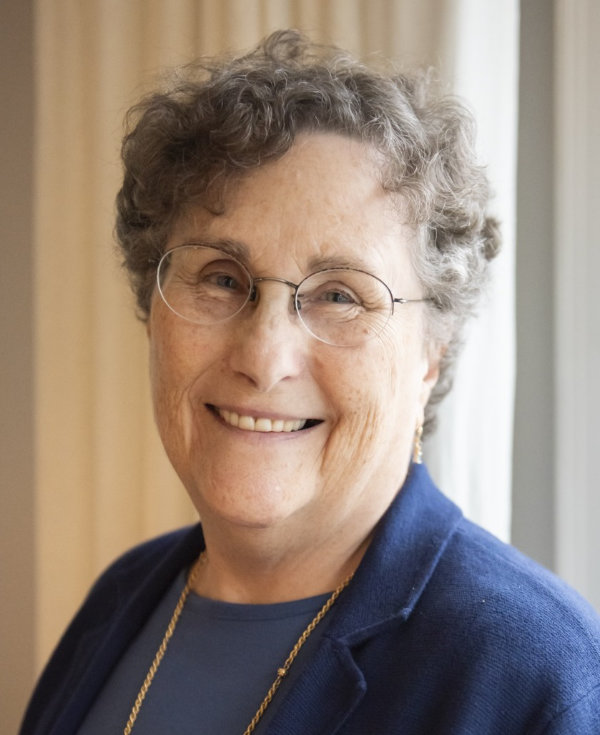
Lynne M. Baab, Ph.D., is an author and adjunct professor. She has written numerous books, Bible study guides, and articles for magazines and journals. Lynne is passionate about prayer and other ways to draw near to God, and her writing conveys encouragement for readers to be their authentic selves before God. She encourages experimentation and lightness in Christian spiritual practices. Read more »
Quick links:
- Two latest books: Draw Near: A Lenten Devotional and Friendship, Listening and Empathy: A Prayer Guide (illustrated with Dave Baab's beautiful watercolors)
- Most popular book, Sabbath Keeping: Finding Freedom in the Rhythms of Rest (audiobook, paperback, and kindle)
- quick overview of all Lynne's books
- more than 50 articles Lynne has written for magazines on listening, Sabbath, fasting, spiritual growth, resilience for ministry, and congregational communication
You can listen to Lynne talk about these topics:
"Lynne's writing is beautiful. Her tone has such a note of hope and excitement about growth. It is gentle and affirming."
— a reader
"Dear Dr. Baab, You changed my life. It is only through God’s gift of the sabbath that I feel in my heart and soul that God loves me apart from anything I do."
— a reader of Sabbath Keeping
Subscribe
To receive an email alert when a new post is published, simply enter your email address below.
Featured posts
- Drawing Near to God with the Heart: first post of a series »
- Quotations I love: Henri Nouwen on being beloved »
- Worshipping God the Creator: the first post of a series »
- Sabbath Keeping a decade later: the first post of a series »
- Benedictine spirituality: the first post of a series »
- Celtic Christianity: the first post of a series »
- Holy Listening »
- A Cat with a Noble Character »
- Welcome to my website »
Tags
Archive
- December 2025 (5)
- November 2025 (4)
- October 2025 (3)
- September 2025 (5)
- August 2025 (4)
-
July 2025 (6)
- Praying about the flow of time: Praying about AND — again
- Praying about the flow of time: Praying for our ordinary lives
- Praying about the flow of time: Wind and water
- Praying about the flow of time: Paying attention to our stories
- What I learned from the past year's blog posts
- First post in a new series: Journey
- June 2025 (4)
- May 2025 (4)
- April 2025 (4)
- March 2025 (5)
- February 2025 (4)
- January 2025 (5)
- December 2024 (3)
-
November 2024 (5)
- Praying about the flow of time: Small actions with big benefits
- Praying about the flow of time: The overlap of the sacred and the ordinary
- Praying about the flow of time: The joy of the kingdom of God
- Praying about the flow of time: Advent can be confusing
- Praying about the flow of time: Why Jesus had to come
-
October 2024 (5)
- Praying about the flow of time: Rosh Hashanah, the Jewish New Year
- Praying about the flow of time: A month of celebrating renewal and moral responsibility
- Praying about the flow of time: The Feast of Tabernacles calls us to stay fluid and flexible
- Praying about the flow of time: Daily rhythms of prayer
- Praying about the flow of time: All Hallows Eve and All Saints Day
- September 2024 (3)
- August 2024 (5)
- July 2024 (3)
- June 2024 (5)
- May 2024 (5)
- April 2024 (4)
-
March 2024 (5)
- Friendship, loneliness, and prayer: Praying about distractions from empathy
- Friendship, loneliness, and prayer: Praying to keep empathy flowing
- Friendship, loneliness, and prayer: Everyday initiative
- Friendship, loneliness, and prayer: Praying for guidance for ending conversations
- Friendship, loneliness, and prayer: Reflecting on the series
- February 2024 (4)
- January 2024 (2)
-
December 2023 (6)
- Friendship, loneliness, and prayer: Initiating
- Friendship, loneliness, and prayer: Praying about listening roadblocks
- Friendship, loneliness, and prayer: Praying to love the poverty in our friends
- Friendship, loneliness, and prayer: Praying for “holy curiosity”
- Friendship, loneliness, and prayer: Praying for “holy listening”
- Friendship, loneliness, and prayer: Praying to give affection extravagantly
- November 2023 (4)
-
October 2023 (5)
- Friendship, loneliness and prayer: A listening skill with two purposes
- Friendship, loneliness, and prayer: Saying “thank you” to friends
- Friendship, loneliness, and prayer: One more way reflecting helps us
- Friendship, loneliness, and prayer: Lessons from two periods of loneliness
- Friendship, loneliness, and prayer: Types of reflecting, a listening skill
- September 2023 (4)
- August 2023 (4)
- July 2023 (5)
- June 2023 (3)
- May 2023 (6)
- April 2023 (4)
- March 2023 (4)
- February 2023 (4)
- January 2023 (4)
- December 2022 (5)
- November 2022 (1)
- October 2022 (5)
- September 2022 (5)
-
August 2022 (6)
- Draw near: Confessing sin without wallowing
- Draw near: A favorite prayer about peace, freedom, and much more
- Drawing near with Desmond Tutu: God’s love is the foundation for prayer
- Draw near: Worshipping God with Desmond Tutu
- Draw near: Yearning, beseeching and beholding with Desmond Tutu
- Draw near: Praising God with Desmond Tutu
- July 2022 (2)
- June 2022 (6)
- May 2022 (5)
- April 2022 (6)
- March 2022 (5)
- February 2022 (4)
- January 2022 (3)
- December 2021 (5)
- November 2021 (4)
- October 2021 (5)
- September 2021 (4)
- August 2021 (4)
- July 2021 (4)
- June 2021 (4)
- May 2021 (4)
- April 2021 (5)
- March 2021 (4)
- February 2021 (4)
- January 2021 (4)
- December 2020 (5)
- November 2020 (3)
- October 2020 (5)
- September 2020 (4)
- August 2020 (4)
- July 2020 (5)
- June 2020 (4)
-
May 2020 (4)
- Spiritual diary of sheltering in place: The lifeline of separating thoughts from feelings
- Spiritual diary of sheltering in place: The lifeline of welcoming prayer
- Spiritual diary of sheltering in place: a kite string as a lifeline
- Spiritual diary of sheltering in place: The lifeline of God’s distant future
-
April 2020 (7)
- Spiritual diary of self-isolation: the lifeline of God’s constancy
- Spiritual diary of sheltering in place: The lifeline of accepting my place as a clay jar
- Spiritual diary of sheltering in place: the lifeline of memories
- Spiritual diary of sheltering in place: the lifeline of “Good” in “Good Friday”
- Spiritual diary of sheltering in place: The lifeline of “easier does not mean easy”
- Spiritual diary of sheltering in place: The lifeline of nature
- Spiritual diary of sheltering in place: the lifeline of God’s voice through the Bible
-
March 2020 (7)
- Important anniversaries in 2020: The first Earth Day in 1970
- Important anniversaries in 2020: Florence Nightingale was born in 1820
- Spiritual diary of self-isolation: Weeks 1 and 2
- Spiritual diary of self-isolation: God's grace as a lifeline
- Spiritual diary of self-isolation: The lifeline of limits on thoughts
- Spiritual diary of self-isolation: Wrestling with God for a blessing
- Spiritual diary of self-isolation: Responding to terror by listening to Jesus voice
- February 2020 (4)
- January 2020 (5)
- December 2019 (4)
- November 2019 (4)
- October 2019 (5)
- September 2019 (4)
- August 2019 (5)
- July 2019 (4)
- June 2019 (4)
- May 2019 (5)
- April 2019 (4)
- March 2019 (4)
- February 2019 (4)
-
January 2019 (5)
- Nurturing friendships in a cellphone world: Jesus as Friend
- Nurturing friendships in a cellphone world: Friendship with Christ and friendship with others
- Nurturing friendships in a cellphone world: Who is my neighbor?
- Nurturing friendships in a cellphone world: Friendship as action
- Nurturing friendships in a cellphone world: Hymns that describe friendship with God
- December 2018 (3)
-
November 2018 (5)
- Connections between the Bible and prayer: Sensory prayer in Revelation
- First post in a new series: Nurturing friendships in a cellphone world
- Nurturing friendships in a cellphone world: Strong opinions and responses
- Nurturing friendships in a cellphone world: My conversation partners about friendship
- Nurturing friendships in a cellphone world: Two views about communication technologies
- October 2018 (4)
- September 2018 (4)
-
August 2018 (5)
- Providing Christian Care in Our Time
- Providing Christian care in our time: Seven trends in pastoral care today
- Providing Christian Care in Our Time: Skills for Pastoral Care
- Providing Christian care: The importance of spiritual practices
- First post in a new series: Connections between the Bible and prayer
- July 2018 (4)
- June 2018 (4)
- May 2018 (5)
- April 2018 (4)
- March 2018 (5)
- February 2018 (4)
- January 2018 (4)
- December 2017 (5)
- November 2017 (4)
- October 2017 (4)
- September 2017 (5)
- August 2017 (4)
- July 2017 (4)
- June 2017 (4)
-
May 2017 (5)
- My new spiritual practice: Separating thoughts from feelings
- My new spiritual practice: Feeling the feelings
- My new spiritual practice: Coping with feelings that want to dominate
- My new spiritual practice: Dealing with “demonic” thoughts
- My new spiritual practice: Is self-compassion really appropriate for Christians?
- April 2017 (4)
- March 2017 (5)
- February 2017 (4)
- January 2017 (4)
- December 2016 (5)
- November 2016 (4)
- October 2016 (4)
- September 2016 (5)
- August 2016 (4)
- July 2016 (4)
- June 2016 (4)
- May 2016 (5)
- April 2016 (4)
- March 2016 (5)
- February 2016 (4)
- January 2016 (4)
- December 2015 (4)
- November 2015 (4)
- October 2015 (5)
- September 2015 (4)
- August 2015 (4)
- July 2015 (4)
- June 2015 (4)
- May 2015 (4)
- April 2015 (6)
- March 2015 (4)
- February 2015 (4)
- January 2015 (4)
- December 2014 (5)
- November 2014 (4)
- October 2014 (4)
- September 2014 (4)
- August 2014 (5)
- July 2014 (4)
- June 2014 (7)

